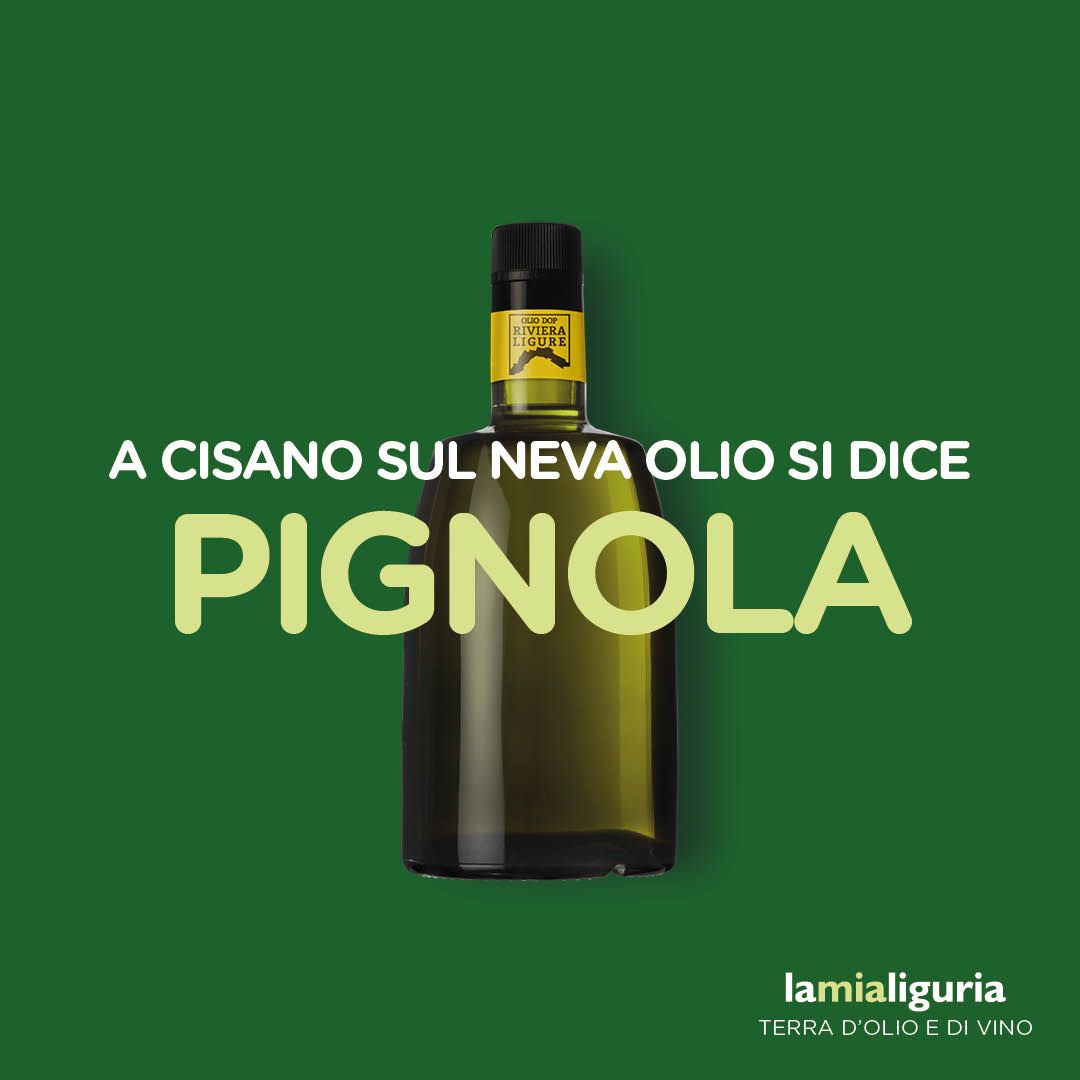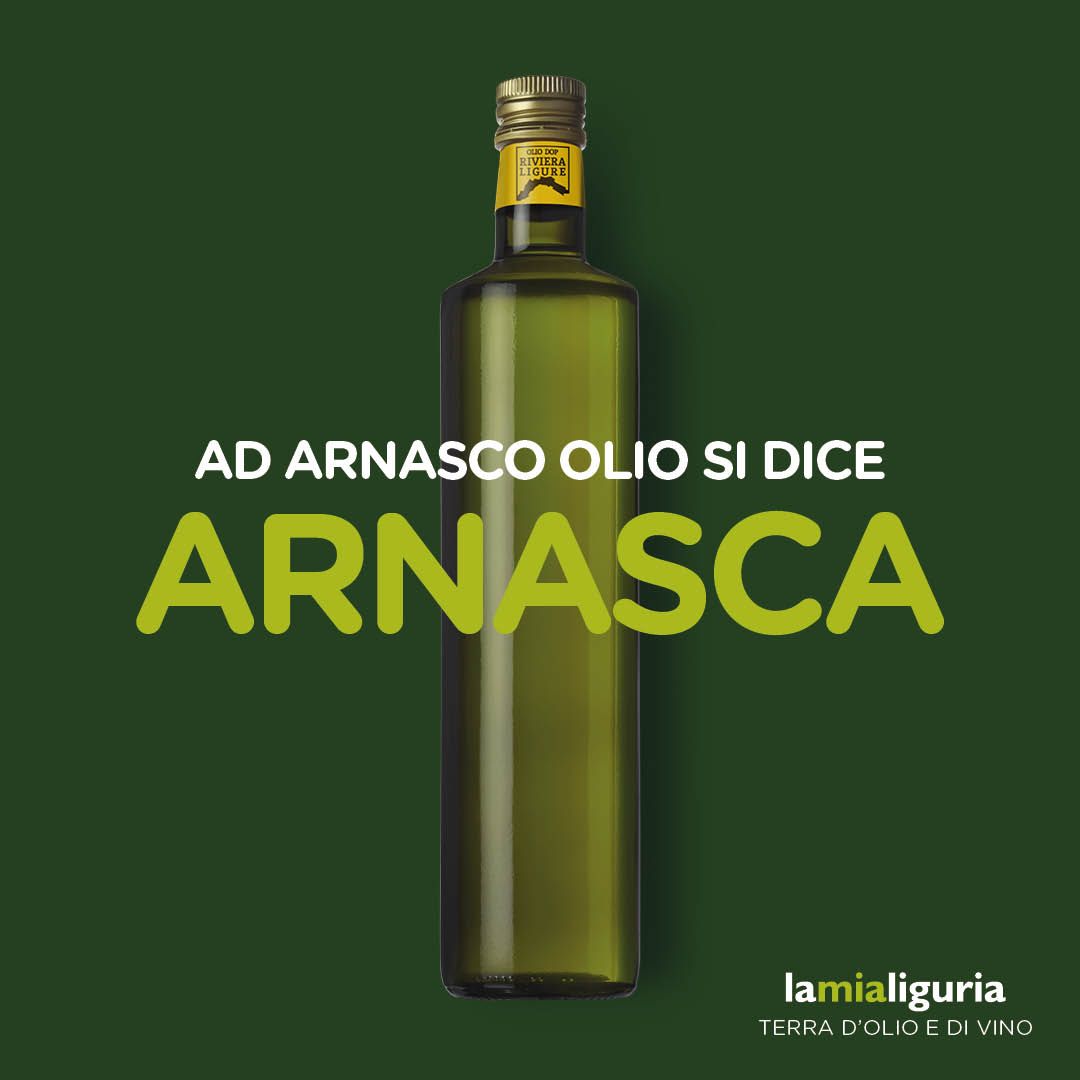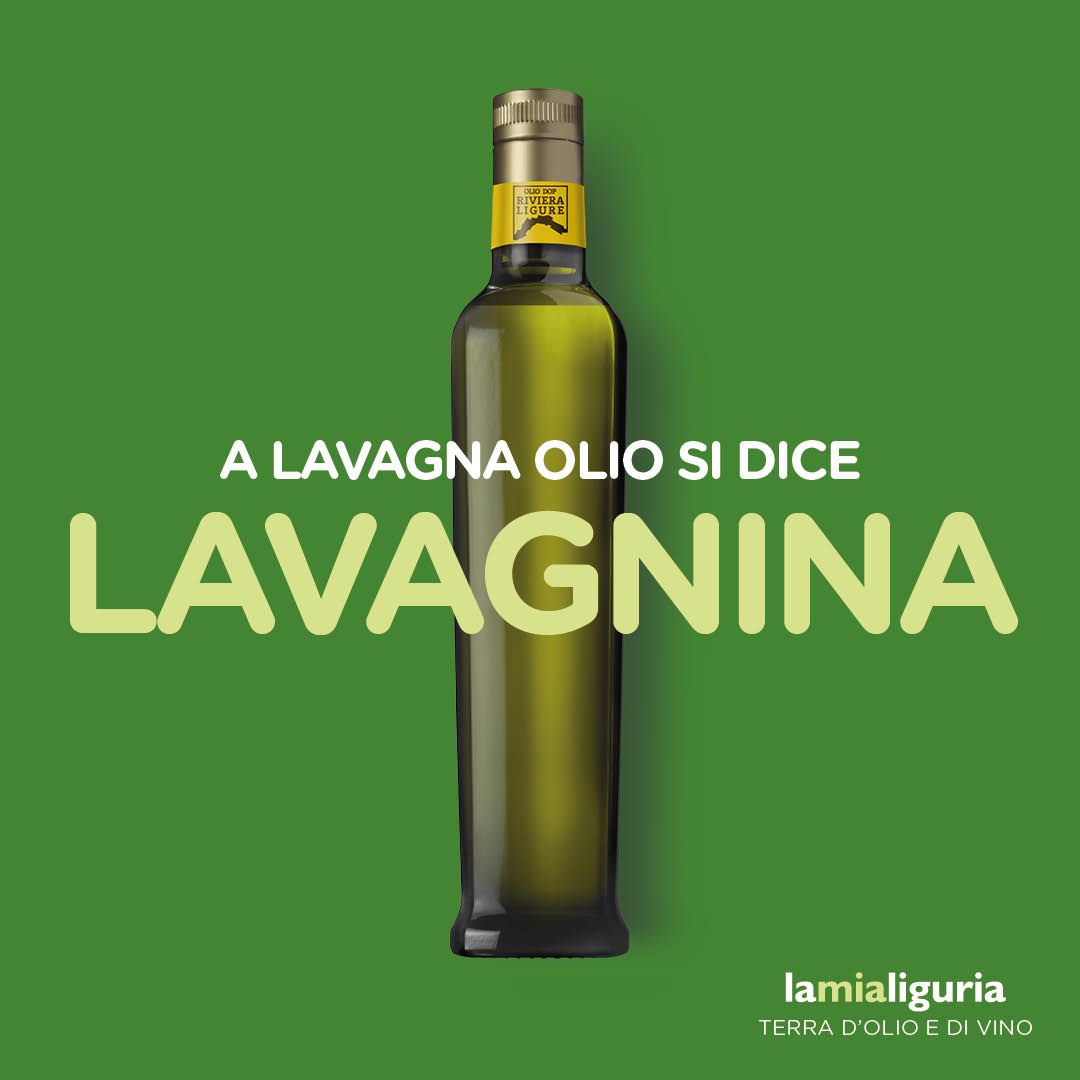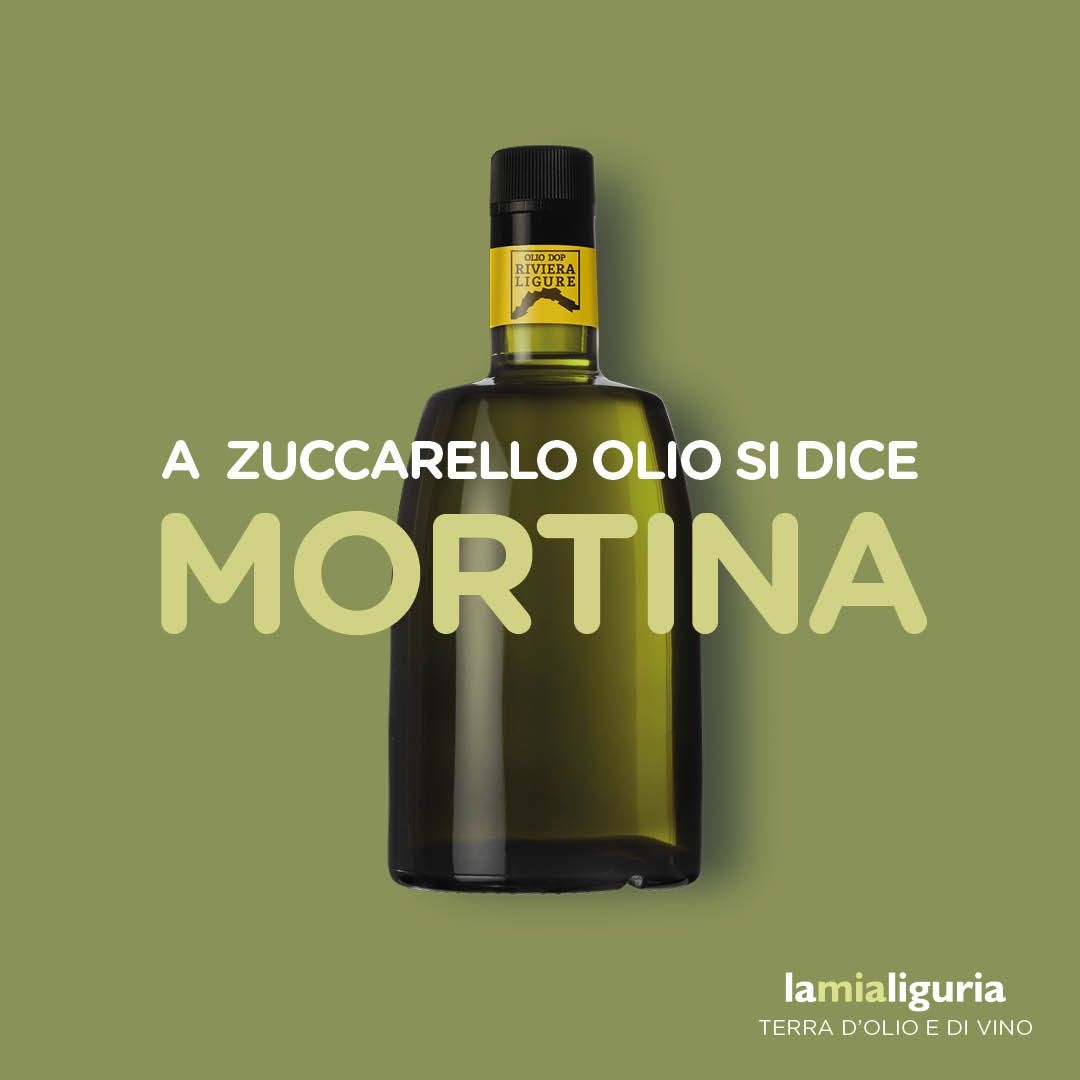Oliva Riviera Ligure DOP
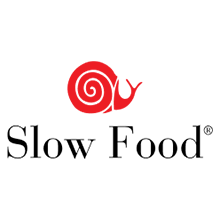

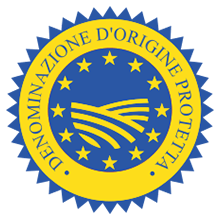
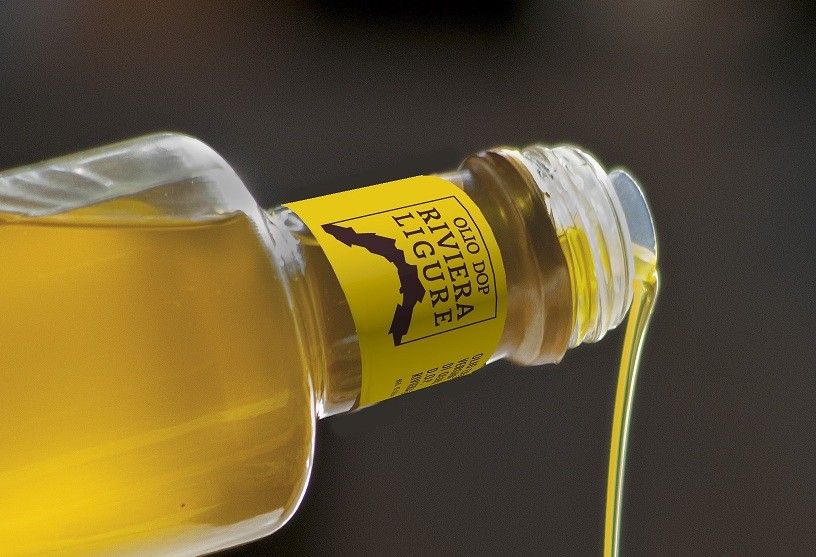
Olive Oil DOP Riviera Ligure



Liguria is the first and, so far, the only European area to have obtained production origin designation for the entire regional territory (in Tuscany, Campania, and Lazio, the DOP covers much smaller areas). According to the strict regulations approved by the EU, the DOP "Riviera Ligure" can indicate three belonging subzones: "Riviera dei Fiori," "Riviera del Ponente Savonese," and "Riviera di Levante." This reflects the traditional division of Ligurian oil, which varies based on the type of olive used in the oil extraction process.
In the Imperiese area, the DOP is assigned to products that comply with European regulations and are derived from 90% Taggiasca olives. In the Savonese area, the percentages change: 60% Taggiasca olives and the remaining 40% from other varieties such as Pignola and Colombaia. In the Levante region, 65% of the olives can be from the Lavagnina, Razzola, and Pignola varieties, while the remaining 35% can include Rossese, Lantesca, and others.
The regulations also impose specific limitations regarding the municipalities included in the DOP area, as well as climatic, orographic, chemical, and organoleptic parameters, and naturally, guidelines related to the taste of the oil. In short, only the best extractions, made through cold pressing, can hope to achieve the coveted label.
Every bottle of DOP Riviera Ligure Oil features the distinctive numbered yellow "collar" of the Protection Consortium, ensuring territorial identity that reflects its uses, knowledge, and values.
The numbered label guarantees consumers the "entirely Ligurian" origin of the products that have obtained certification of compliance with the DOP "Riviera Ligure" production regulations, allowing consumers to trace back to the olive grower and the mill, and to learn about the steps in the transformation process. The production regulations have been registered at the EU level under Regulation CE 123/97, and under a single DOP, three geographical mentions are provided:
- "Riviera dei Fiori"
- "Riviera del Ponente Savonese"
- "Riviera di Levante"
Ligurian olive cultivation has its roots in the pre-Roman era, but the introduction of the crop using rational techniques and its first significant spread is attributed to the monks of the Benedictine Abbey of Santa Maria del Canneto in Taggia during the medieval period. From here, cultivation spread throughout the western and eastern Liguria, particularly in the Lavagna valley. It is indeed during this time that the Taggiasca and Lavagnina varieties originated.
The golden age for Ligurian olive cultivation was between the mid-18th century and the first half of the 19th century, when it expanded to such an extent that it characterised the landscape of our region. During this period, Imperia laid the foundations for an industrial supremacy that still defines it today. Over time, other Italian regions gained greater production importance, and the ability to transport quickly from other Mediterranean regions led to a gradual decline of Ligurian olive cultivation. Since 1985, elements of renewal have been introduced in some areas, not so much for the oil, which remains "healthy, beautiful, good, and pure," as described in a supply contract with the Duchy of Milan in 1620, but in the commitment of an increasing number of producers to present the oil in original ways. The production with a designation of origin is, in this sense, an important step forward.
Dove trovarlo
Vivi un viaggio nei sapori liguri
La Liguria respira nel vento, passeggia tra borghi e villaggi.
- Ricette
- Itinerari
- Experience






